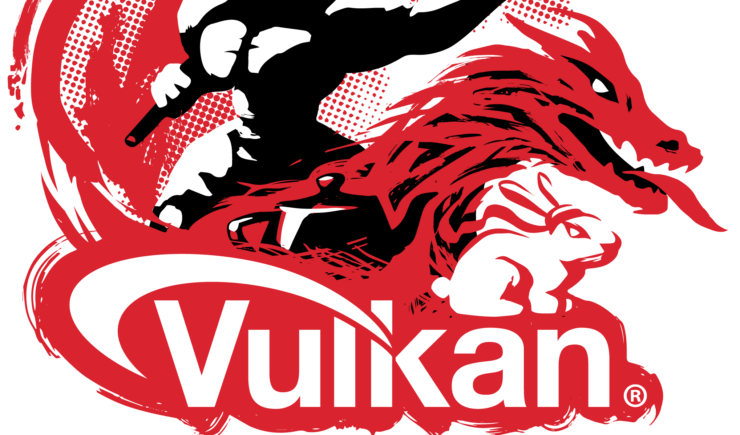
Following the provisional spec released earlier this year, the Khronos Group has now formalized the final spec for Vulkan Ray Tracing, after months of feedback from hardware and software vendors throughout the entire industry.
Originally built on the VKRay set of extensions developed by NVIDIA, Vulkan Ray Tracing is now the first open-source cross-platform (and vendor) standard for ray tracing in the industry. It allows developers to either use GPU compute or dedicated ray tracing cores where available.
The Khronos Group reckons it’ll be familiar to anyone who already used Microsoft’s DirectX Ray Tracing API and it is reportedly ‘straightforward’ to port code between the two APIs, including the reuse of RT shaders written in HLSL language. Below you’ll find a comparison image of DXR and Vulkan Ray Tracing features.

As you can see, there are also some additional functionalities not presently available in DXR, such as the ability to load balance ray tracing setup operations onto the host CPU.
Vulkan Ray Tracing will be initially deployed on PC desktop, but the extensions have been designed to work on mobile devices as well. As a reminder, the Vulkan API supports Android, Linux, macOS, Google Stadia, and Nintendo Switch in addition to Windows.
The release of the Vulkan Ray Tracing will be finalized in mid-December when the Vulkan SDK will be updated to version 1.2.162.0 or later. Meanwhile, you can take a look at an article detailing ‘Best Practices for Hybrid Rendering’, taking Wolfenstein: Youngblood (which uses VKRay to deliver its ray traced reflections on GeForce RTX graphics cards) as an example.